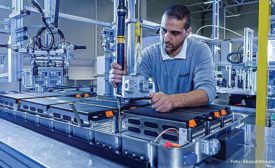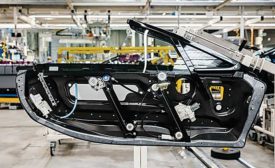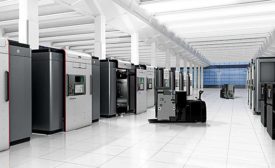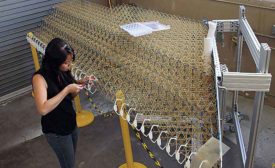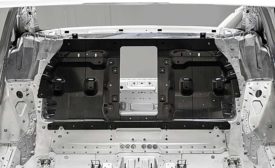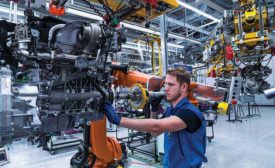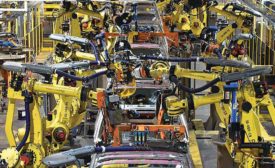Austin Weber
Austin has been senior editor for ASSEMBLY Magazine since September 1999. He has more than 21 years of b-to-b publishing experience and has written about a wide variety of manufacturing and engineering topics. Austin is a graduate of the University of Michigan.
ARTICLES
Additive Manufacturing: The Quest for Automation
Robots and other tools are key to mass-producing printed parts
July 9, 2019
Carbon-Fiber Composites Grow in Popularity
Adhesives and fasteners can be used to assemble many types of composite parts
June 3, 2019
Lights-Out Automation: Fact or Fiction?
Humans are the most flexible “machine” for assembly tasks
May 9, 2019
Never miss the latest news and trends driving the manufacturing industry
Stay in the know on the latest assembly trends.
JOIN TODAY!Copyright ©2024. All Rights Reserved BNP Media.
Design, CMS, Hosting & Web Development :: ePublishing

